MET Rivale MIPS helmet review - a little bit of everything
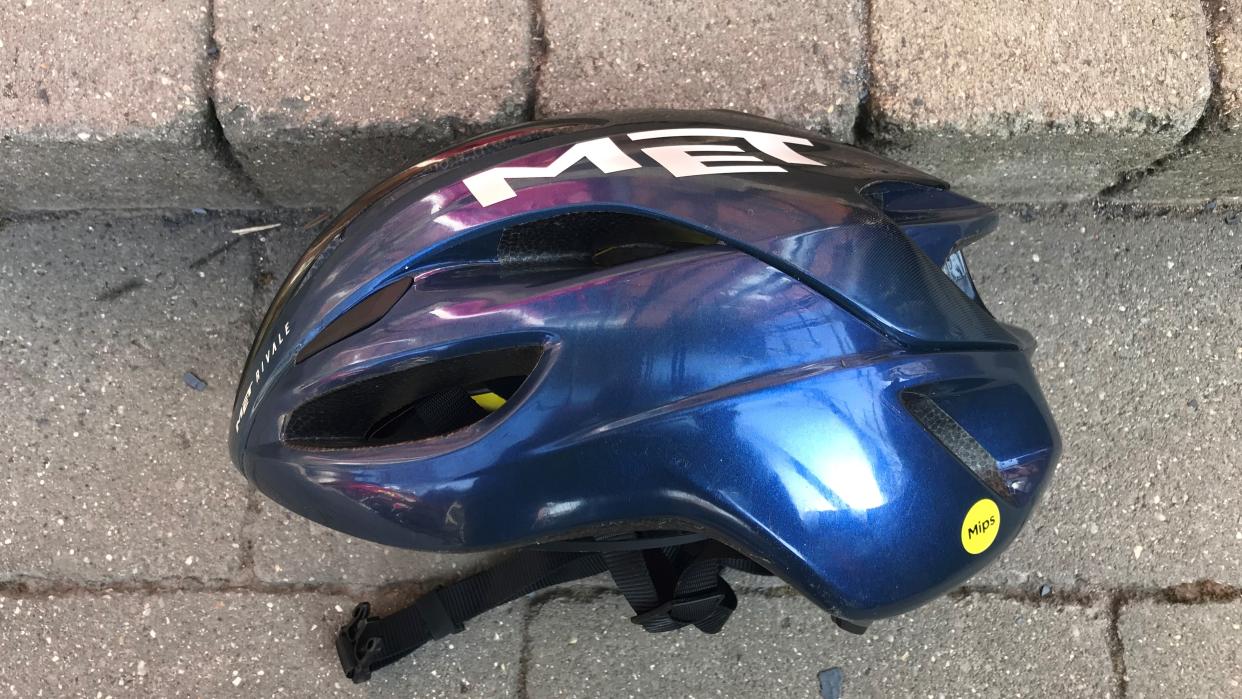
The MET Rivale MIPS is a mid-range, high-performance, do-it-all road helmet; it combines aerodynamic shaping with good ventilation, enhanced safety and a lightweight design. Is it really possible to be all things to all cyclists?
We strapped up our skulls and cruised out to see whether the Rivale lived up to its claims and how it compares to our best bike helmets for road cyclists.
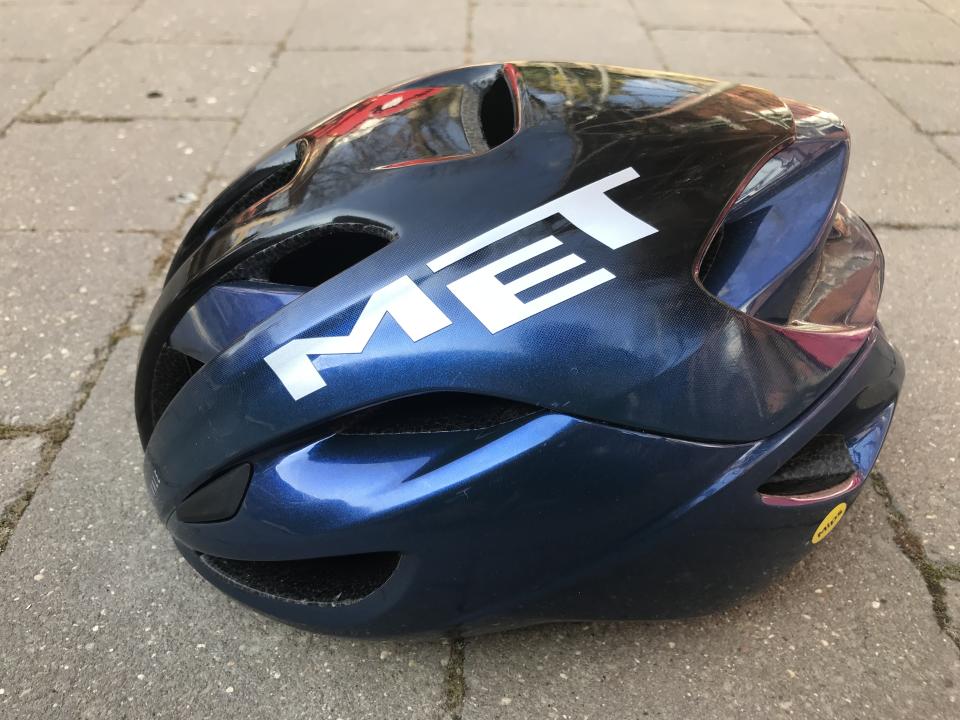
MET Rivale MIPS: Construction
The Rivale MIPS consists of an EPS liner in a polycarbonate shell and the up-to-date MIPS C2 liner for additional protection from rotational forces. For a helmet with aero properties, the Rivale has a svelte look about it and doesn’t appear at all bulky on your head.
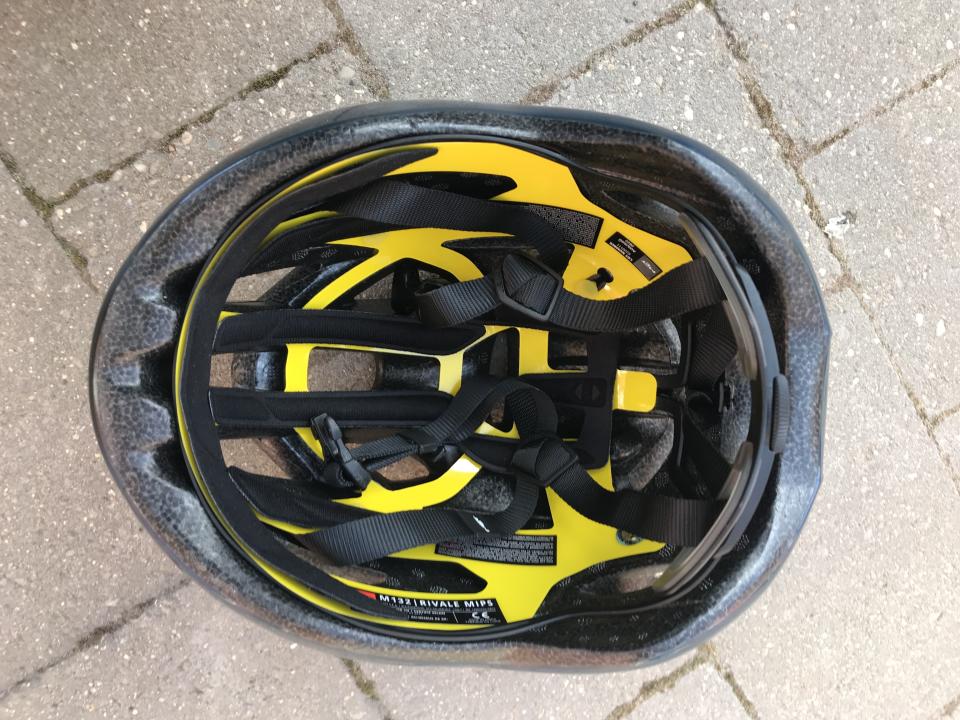
The overall shape and design of the Rivale aims to optimise ventilation whilst maintaining aerodynamics. The mainstay of this is the NACA vent (a low-drag air inlet which has a ramped and curved design) towards the rear of the helmet which channels the air over the top and back. In total there are 18 vents. Those at the front of the helmet are designed to maximise the ventilation to counter what is lost at the back due to the more aero design. Two of the front vents double up as sunglasses ports.
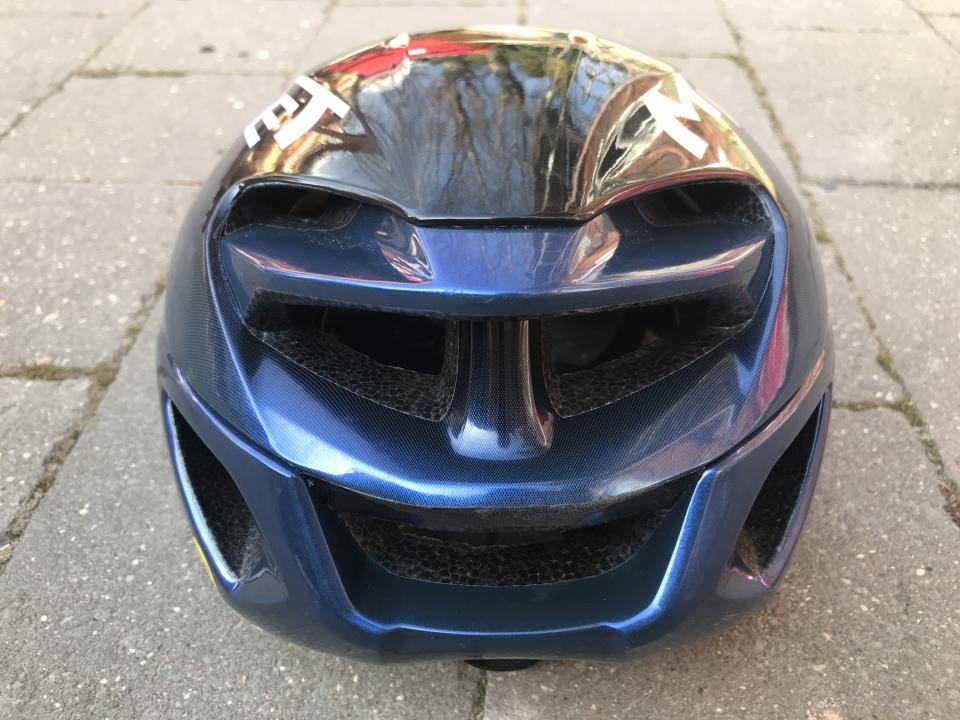
There are nine different colours available, all with a reflective MET logo for a bit of visibility. Our medium test helmet came in at 242g, which is a little less than the claimed 250g.
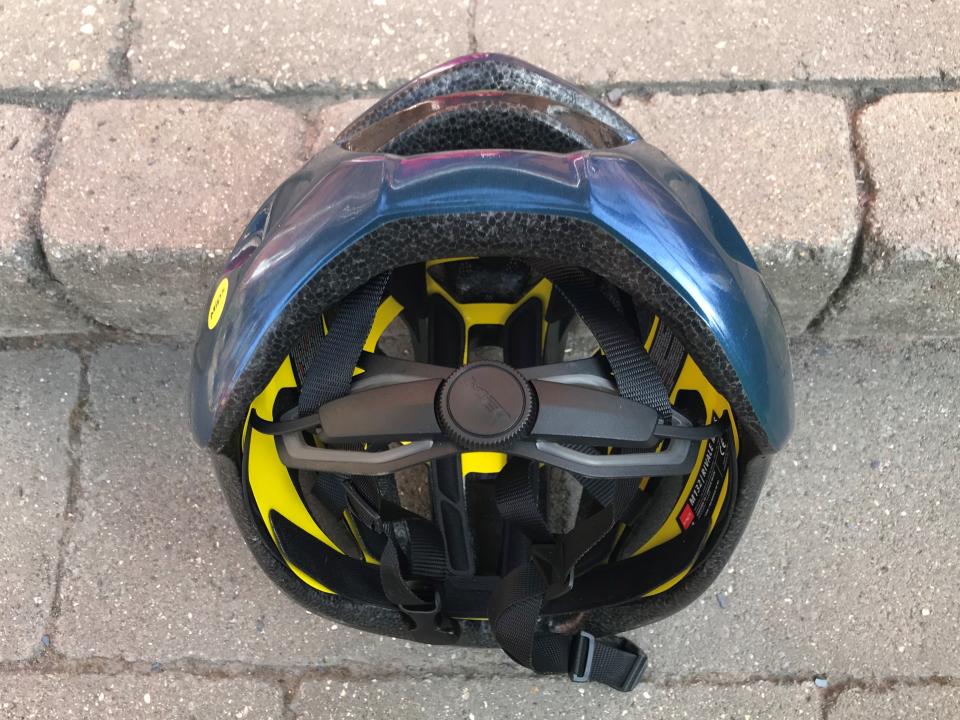
MET Rivale MIPS: The fit
The Rivale uses a “360 degree headbelt” for fitting, cinched up by a dial at the rear. This system is also height adjustable so you can ensure it fits snuggly round the base of your head. The straps are adjustable on each side as well as under the chin. They’re thinner than many helmets I’ve worn which gives them a nice soft feel.
The pads are comfortable and unobtrusive. As with many helmets they can be removed for washing.
Following the fitting guide we tested a medium helmet and found the fit and adjustability to be good, so much so that it seemed to nicely fit other heads that measure up as a small size. It’s worth checking the fitting guide even if you’ve worn a MET helmet before as the MIPS liners do take up space so tend to fit smaller than a non-MIPS equivalent.
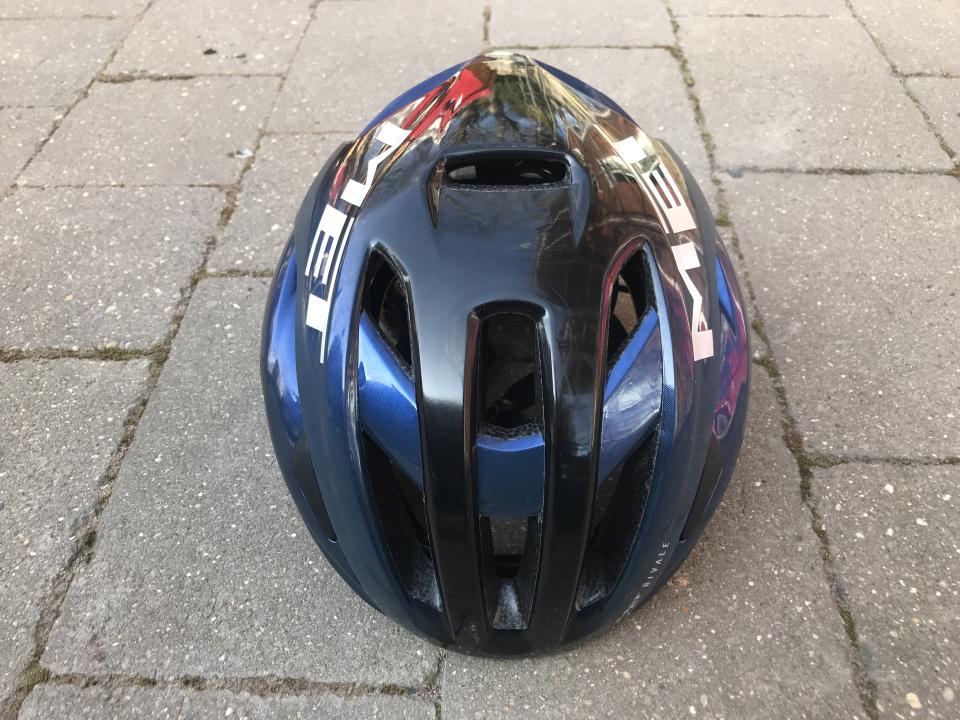
MET Rivale MIPS: The ride
On your head the Rivale MIPS has a nice protective but also lightweight feel.
Ventilation was good and the more enclosed aero parts of the helmets didn’t make it noticeably hotter than other similarly priced helmets we’ve ridden.
Since having it on test, the combination of the Rivale’s features, looks and comfort has made it our go-to helmet for road rides. It’s also been a really good commuter helmet, there’s plenty of clearance at the rear for a commuter backpack and the position of the vents means it can accommodate a centrally mounted bike light (or bike camera) if you need.
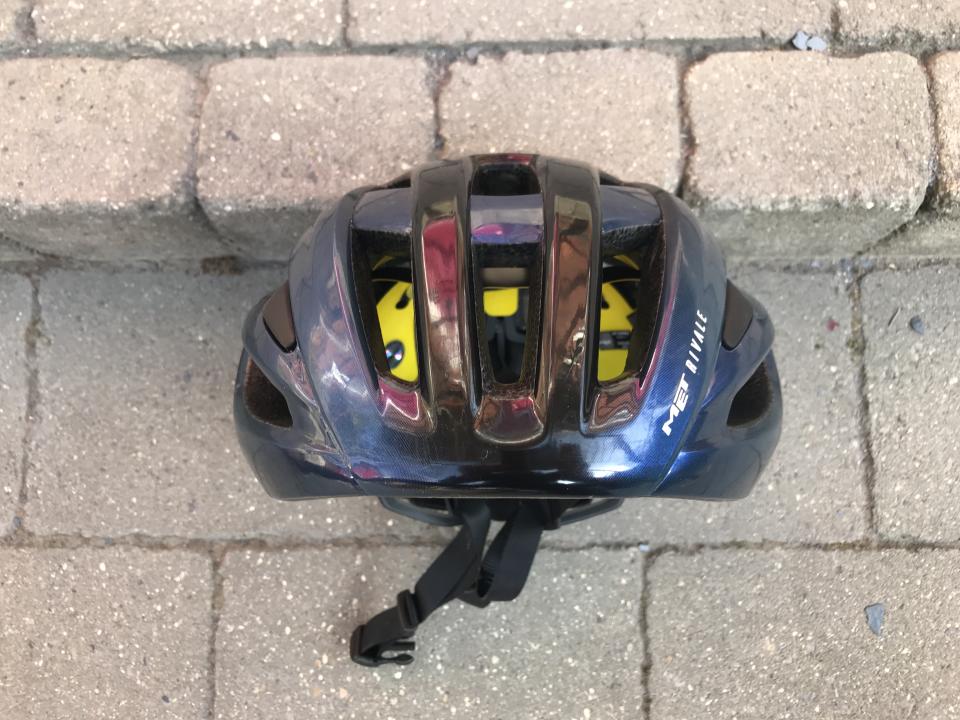
MET Rivale MIPS: Value and conclusion
At $185 / £150 the MET Rivale MIPS is really competitively priced compared to other similarly specced helmets we tested such as the Giro Helios Spherical ($290 / £240) and Specialized S-Works Prevail 3 ($300 / £275).
The MET Rivale MIPS does really seem to meet the lofty demands of the road rider who wants a bit of everything. Yes, there are helmets that are lighter, cooler, more aero or that offer more protection, but we’ve yet to come across one that does all of these things at this price point.
MET Rivale MIPS: specs
Colours: Nine
Sizes: S-L (52 - 61 cm head diameter)
Weight: 240g (S), 250g (M), 270g (L) stated

